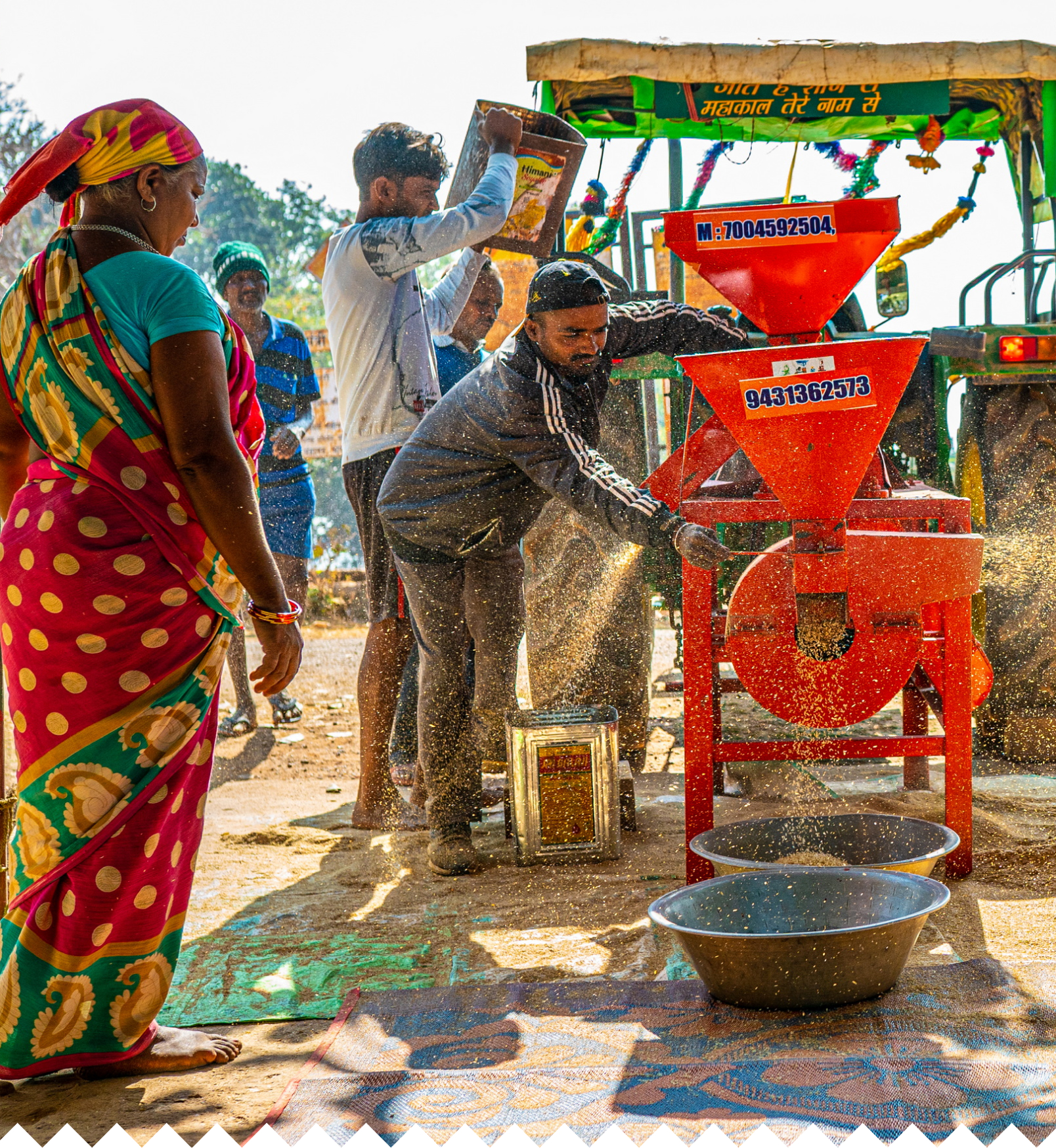India is now the world’s most populous country. With over half of its population below the age of 25, there is an unparalleled opportunity for widespread prosperity. The National Commission on Population estimates that even by 2050, half of India’s population will continue to live outside of its cities, underlining the importance of rural areas in the country’s aspirations.
Major disruptors are already bringing about a paradigm shift in rural India. But these changes are likely to expand opportunities for prosperity.

In just a decade India will have over 1 billion working-age people, approximately 67% of whom will come from rural areas and 48% will be women.
There will be an emergence of large villages, towns and districts which will serve as central points for investments by large businesses.
Rural India is a huge demographic, accounting for 425 million digital consumers – that’s 45% more than urban users.
At the COP26 global summit, India announced its goal to have net-zero emissions by 2070, allocating $4.3 billion in the 2023-2024 budget to help achieve this.
The idea of a universal basic income (UBI) is gaining traction post the pandemic, which could guarantee a minimum income to all citizens to ensure everyone has a liveable income.
In the 2022 UN Sustainable Development Goals Index, India ranked 121 out of 163 countries – a decline from previous years. Reports from Lancet and NITI Aayog highlight that India is off-track on 19 indicators, impacting social, economic and environmental sustainability.
Currently, 800 million Indians receive free rations, but the focus is on turning that group into a productive workforce, especially in rural areas. To achieve this and ensure double-digit growth with reduced inequality, fail-safe social protection measures and rural development are vital, including promoting high-yield agriculture, new rural manufacturing and a growth-oriented “new deal.”

A rapidly rising population meant agriculture had to modernise in order to feed billions. But there was an environmental cost. Modern agriculture consumes 69% of fresh water and emits 18% of greenhouse gases, harming soil, water and biodiversity. Natural farming is crucial for achieving net-zero commitments, but low margins and high variation pose risks to four-fifths of Indians depending on farming.
Even current practices are risky for smallholders, who rely on external inputs and monotonous crops. Smallholders must adopt more resilient cropping systems and produce attractive crops for markets. Natural and circular farming can enhance resource capacity, build healthy soils and reduce market risks. This approach is based on diversified cropping systems, including livestock, and provides a more stable income.

Along with farmers and experts, we have developed the model for high income natural farming which includes

To boost the state economy, where agriculture dominates and industries decline, a shift is essential. Current jobless growth and low productivity indicate limitations of the industrial and service sectors. Achieving higher per capita income ($21,000) needs substantial growth in agriculture (4x), industry (14x), and services (10x), reshaping the traditional approach.
The “new rural growth paradigm” focuses on local value-growth, leveraging resources, and promoting digital-first manufacturing and service growth. The focus is on harnessing rural competitive advantages in the bio-economy and leveraging digitisation to eliminate economic barriers. Disrupting the rural economy while emphasising agricultural growth is crucial for facilitating the transition of labour from agriculture to secondary and tertiary sectors, leading to higher productivity and income.

Reach us at
No. 24, Ground Floor, Community Shopping
Centre, Neeti Bagh, New Delhi – 110049
info@trif.in
+011-43068096